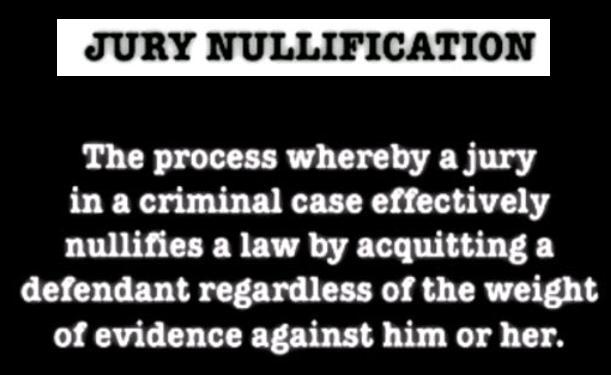(Akiit.com) I’ve seen the grainy photographs of Emmett Till’s disfigured body. The accounts of the 14-year-old child’s lynching in Money, Mississippi sicken me to this day.
I know well the story of Medgar Evers’ assassination and the decades-long crusade of his widow to bring his killer to justice.
I am passing the final resting place of Dr. Martin Luther King Jr. and Coretta Scott King at The King Center in Atlanta, preparing to a board a bus bound for Jackson, Miss. There are 48 of us, ages 6 to 70, taking this journey to places where history was made — often at great personal sacrifice.
What must it have been like to board segregated buses 50 years ago, when indignities and insults were the norm?
Dr. Bernard LaFayette Jr. holds these tours annually. The former Freedom Rider who helped lead the Nashville Student Movement in 1960 and King’s Poor Peoples Campaign in 1968, says the trips serve to educate people about the techniques and strategies of nonviolent direct action that came to define the Civil Rights Movement.
The protests in Nashville may not have happened had the Rev. J.M. Lawson Jr., a Methodist minister from Ohio urged by King to move to the south, gone to Atlanta’s Emory University instead of Vanderbilt. Lawson chose Vanderbilt because Emory’s theology school didn’t admit blacks, LaFayette recalled.
Lawson’s intense training of Nashville’s college students led thousands in the city to join the movement targeting segregated lunch counters and other public facilities.
Students arrived meticulously dressed and prepared for the worst. They timed their protests so they would land in jail by 5 p.m. — in time for the evening meal.
In Montgomery, just down the street from King’s home, LaFayette pointed to a large two-story home where Freedom Riders tried unsuccessfully to persuade King to join their movement protesting segregation in interstate travel in 1961.
Some students believed King was a coward when he declined to join them, but there was no question about King’s courage, said LaFayette, reminding us that King’s home had been bombed shortly after he took the helm of the Montgomery Bus Boycott. King didn’t join the rides because he was on probation for a conviction in Georgia on a driving charge. Had he been arrested, he would have had to serve out his jail sentence.
Along our route, LaFayette challenged us to think about the inherent hypocrisy of segregation. “What do you think happened when a black maid tried to take the white child in her care to a segregated playground?” he asked.
In those instances, blacks were given an “honorary, temporary pass” to leave their assigned station in life. He joked that he integrated restrooms in his hometown of Tampa years ago, when he entered to clean them.
The boycott to integrate city buses in Montgomery could have unfolded differently, with black riders taking seats on the front of the bus and white people who supported them riding in the rear, in deliberate defiance of Jim Crow laws. But in 1955, there was neither the will nor the support for that kind of direct action, he said.
That was not the case in 1963, when Mississippi NAACP leader Medgar Evers traveled the state’s rural landscape urging black farm workers to mobilize. On the same night Evers was killed in Jackson, LaFayette was beaten outside his home in Selma, Alabama. He escaped when a neighbor came to his aid, and later learned from the FBI that he was on a hit list for his work in educating Selma’s black voters.
Our stop by Evers’ modest brick home in Jackson gave me chills. As we entered the carport where Evers was gunned down by Byron De La Beckwith, I thought of his wife and children, who heard the gunshots and rushed to his side. The faint stains of Evers’ blood remain on the cracked driveway. The home is now a museum.
While in Selma, we crossed the Edmund Pettus Bridge, the site of “Bloody Sunday.” Civil rights activists, angered by the death of 26-year-old Jimmie Lee Jackson at the hands of a state trooper, vowed to march 50 miles to the state capitol in Montgomery. They were stopped and beaten by law enforcement officials on the bridge.
So much pain and sacrifice. So little recognition in our history books. I can’t speak for others on our bus, but the ride for me was indeed a call to action. There is much to learn from these places. And there is much to do in our respective communities. Will we sit on the sidelines, or will we get on the bus?
Written By Angela Tuck










Leave a Reply